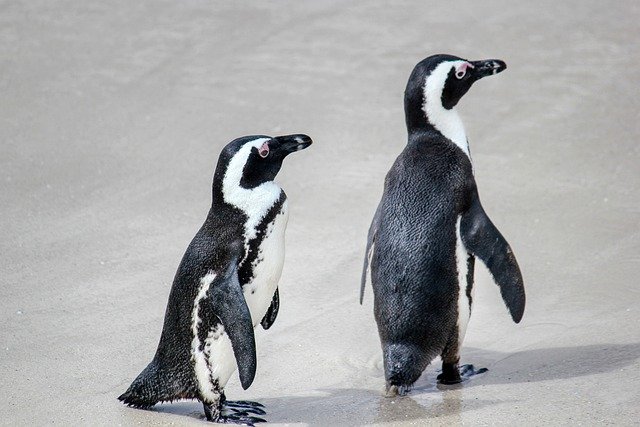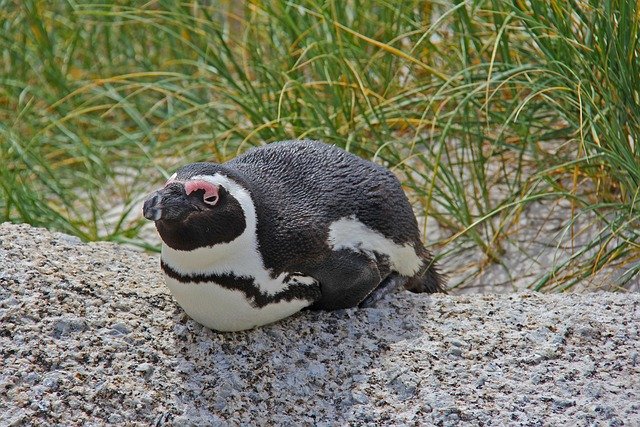**Topic: "The Remarkable Adaptations of Penguins: Surviving the Harshest En

The Remarkable Adaptations of Penguins: Surviving the Harshest Environments
Penguins are among the most fascinating and resilient birds on our planet. Found primarily in the Southern Hemisphere, these flightless birds have evolved a range of remarkable adaptations that enable them to thrive in some of the harshest environments on Earth. Let's explore the unique characteristics that make penguins exceptional survivors.
1. Streamlined Bodies for Efficient Swimming
One of the most notable adaptations of penguins is their streamlined bodies, which are perfectly designed for life in the water. Their torpedo-shaped physique reduces drag, allowing them to swim swiftly and efficiently. Penguins can reach speeds of up to 15 miles per hour (24 km/h) when swimming, making them agile hunters.
2. Insulating Feathers
Penguins are equipped with a layer of densely packed feathers that provide excellent insulation against the cold. These feathers are waterproof and trap air, which helps maintain body heat in frigid temperatures. Underneath their feathers, a thick layer of blubber adds an additional barrier against the cold, ensuring that they can survive in icy waters and harsh weather conditions.
3. Counter-Current Heat Exchange
To preserve body heat while swimming in icy waters, penguins have evolved a unique circulatory system known as counter-current heat exchange. This adaptation involves the arteries and veins in their flippers and legs being located close together. As warm blood flows from the body to the extremities, it warms the cooler blood returning to the body, minimizing heat loss.
4. Social Behavior and Communication
Penguins are highly social animals that rely on strong social bonds to survive in their harsh environments. They often huddle together to conserve warmth during extreme cold. Additionally, penguins have developed a variety of vocalizations and body language to communicate with one another, helping them to maintain group cohesion and coordinate activities, such as foraging and nesting.
5. Diving Abilities
Penguins are exceptional divers, with some species capable of reaching depths of over 1,800 feet (550 meters) in search of food. Their adaptations for diving include a flexible body, strong flippers, and the ability to slow their heart rates to conserve oxygen. This allows them to stay submerged for extended periods while hunting for fish, squid, and krill.
6. Nesting Strategies
Different penguin species have developed various nesting strategies to protect their eggs and chicks from the harsh environment. For example, Emperor penguins incubate their eggs on their feet, covered by a flap of skin, ensuring warmth and protection from the cold. Other species, like the Adélie penguin, build nests from pebbles to elevate their eggs above the snow.
Conclusion
The remarkable adaptations of penguins showcase nature's ingenuity in the face of extreme environmental challenges. From their streamlined bodies and insulating feathers to their social behaviors and diving abilities, these birds exemplify the resilience required to thrive in some of the planet's most inhospitable places. As we continue to study and protect these incredible creatures, we gain valuable insights into the complexities of evolution and the importance of biodiversity in our ecosystems.
Feel free to share your thoughts or ask questions about these amazing birds! 🐧✨

Upvoted! Thank you for supporting witness @jswit.